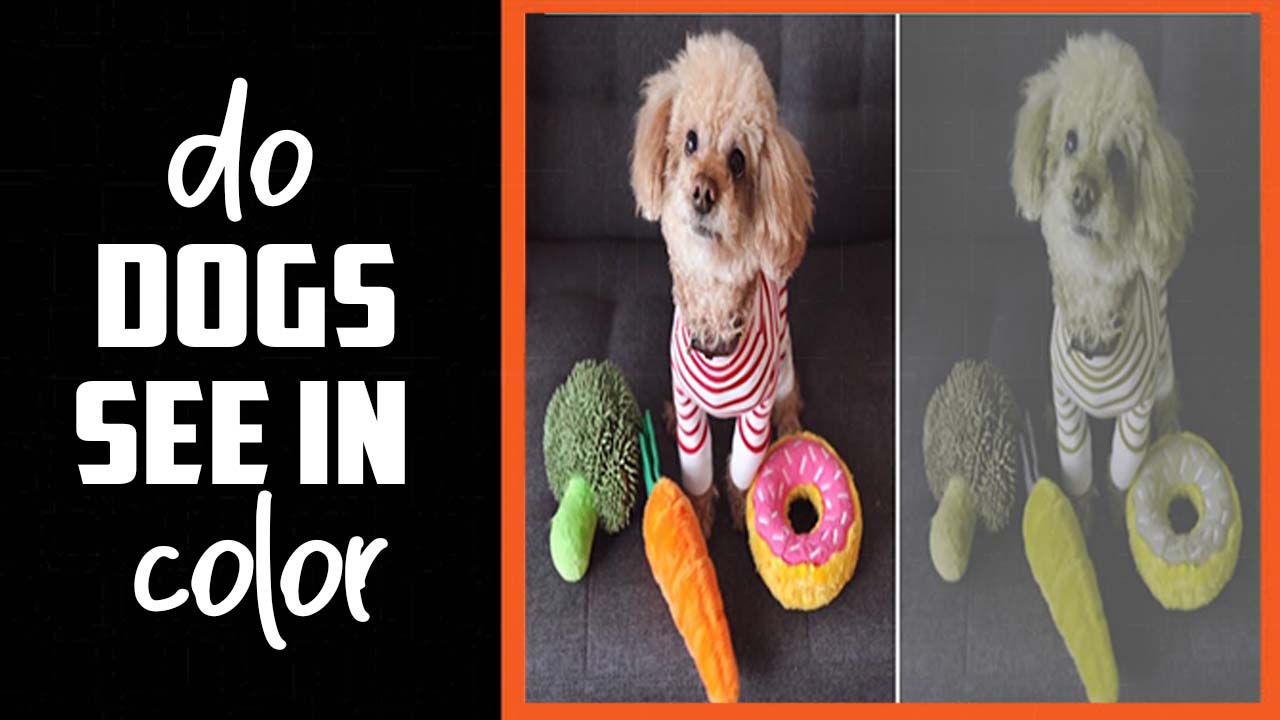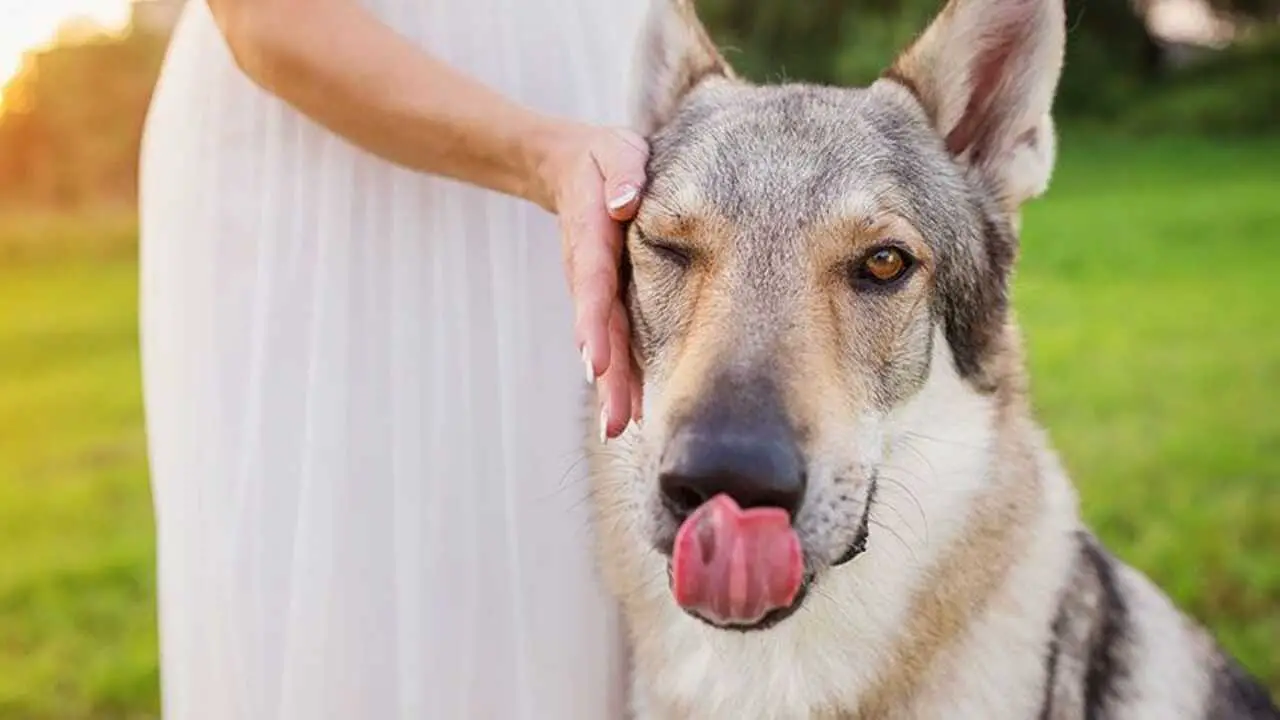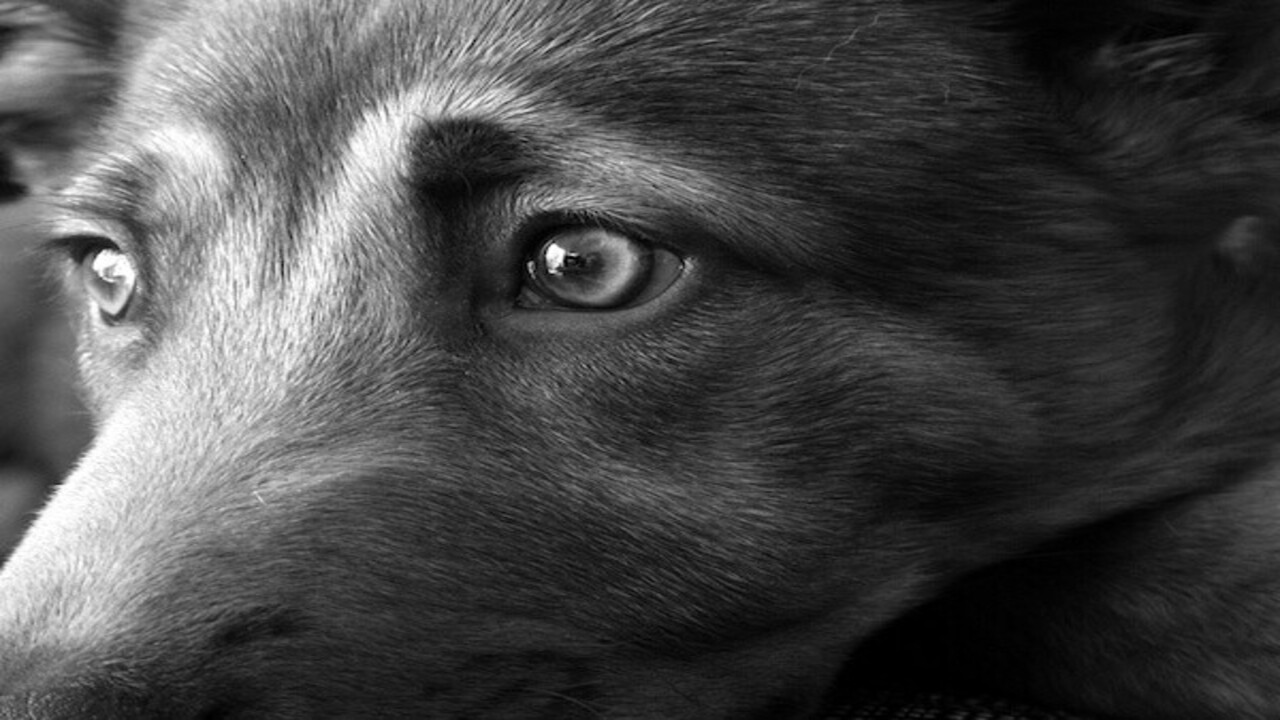It’s natural to wonder about the world through your canine companion’s eyes. Dogs are known for their keen senses, especially their sense of smell and hearing, but what about their vision?
Do dogs see in color, and if so, what colours can they see? These are common questions that pet owners often ask. We’ll explore the fascinating topic of canine vision in depth. Dogs have been our loyal companions for thousands of years, yet there’s still so much we don’t know about them.
Understanding canine vision is an important part of understanding our furry friends, as it helps us better understand their behaviours and how they perceive their environment. We’ll delve into the science behind canine vision, exploring the anatomy of a dog’s eye, how it differs from our own, and the various hues and shades that dogs can distinguish.

Do Dogs See In Color? The Science Behind Dog Vision

Here to know Do Dogs See In Color. Dogs are often called “man’s best friend,” but have you ever wondered if they view the world the same way we do? One question that has puzzled dog owners for years is whether or not dogs see in color. While it was once believed that dogs were completely colourblind, recent studies have shown that they have some colour vision, but not to the same extent as humans.
The science behind dog vision is fascinating. Dogs have two types of cells in their eyes that allow them to see colour, but they only have about 20% of the colour-detecting cones humans have. This means that dogs see colours differently than us and cannot distinguish between all the colours in the visible spectrum.
The Myth Of Dogs Seeing In Black And White

Contrary to popular belief, dogs do not see the world in black and white. While their colour vision differs from that of humans, dogs can perceive colours to some extent. Dogs have two types of colour receptors in their retinas, unlike humans, who have three cones.
This difference in colour receptors affects a dog’s colour perception and may make it more challenging to distinguish between certain shades of the same colour. However, dogs can still differentiate between colours, such as blue and yellow. Understanding a dog’s vision can provide valuable insights into their behaviour and help owners choose appropriate stimuli for their furry friends.
Debunking Common Misconceptions About Dog Vision
Contrary to popular belief, dogs do see in colour, although their colour vision is not as vibrant as that of humans. Dogs have more rods than cones in their eyes, which allows them to have better vision in low light but compromises their colour perception.
While dogs can see some colours, they struggle to distinguish between certain shades, particularly red and green. Dogs rely heavily on their sense of smell and hearing, which explains why they may not notice certain colours or details. Understanding how dogs see can help us design better toys, training tools, and environments for our canine companions.
How Dogs See The World Differently

Dogs have fewer colour receptors than humans, resulting in a limited perception of the colour spectrum. Instead, dogs rely heavily on motion and contrast rather than colour for visual detection. While dogs see less colour, their low-light vision is superior, allowing them to see in dimmer lighting conditions.
Interestingly, dogs can perceive blue and yellow colours most easily. Understanding how dogs see the world differently can benefit training and provide effective visual cues to our canine companions.
Practical Implications Of Dog Color Perception

Understanding a dog’s colour perception is crucial for training and communicating effectively. Dogs have dichromatic vision, meaning they can see some colours but not as vividly as humans.
Certain colours may elicit different emotional responses in dogs, so it’s important to consider this when choosing toys, accessories, and training aids. Colourblindness in dogs can impact their ability to distinguish between objects and navigate their surroundings. By considering their colour perception, we can better cater to their visual needs and enhance our interactions with our canine companions.
Choosing The Right Colored Toys For Your Dog
When choosing toys for your dog, it’s important to consider their unique color vision. Dogs perceive colors differently than humans, so choosing toys with vibrant shades can help them easily locate and engage with playthings.
Blue and yellow toys are particularly visible to dogs, making them an excellent choice for playtime. Avoid toys that blend in with the surroundings or have colors that dogs struggle to distinguish. By understanding your dog’s color perception, you can enhance their playtime and overall enjoyment.
Conclusion
Dogs do see in color, but their perception is different from humans. While the myth of dogs seeing only in black and white has been debunked, it’s important to understand that their color vision is not as vibrant as ours. Dogs primarily see shades of blue and yellow, and their ability to distinguish between colors is limited.
This knowledge can have practical implications, such as choosing the right colored toys for your dog. By understanding how dogs see the world differently, we can enhance their quality of life and ensure their surroundings cater to their visual capabilities. So, next time you’re out shopping for your furry friend, consider their color vision and make choices that suit their needs. We hope now you understand do dogs see in color.
Frequently Asked Questions
[rank_math_rich_snippet id=”s-c172b9df-c936-4ce6-840b-eca02ffcab21″]